Will there be unmanned aircraft approaching the Mars atmosphere in the future?
The NASA Aerospace Agency has just released new information about the introduction of an unmanned aircraft into the future Martian atmosphere to carry out mission missions. Currently the information is getting the attention of the scientific community worldwide.
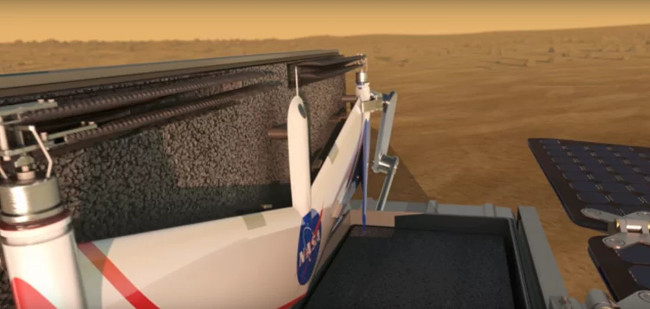
Previously, NASA's Rover devices had a mission to probe Mars. However, every four and a half years, the device can only move 16 km. This is an immense limitation in the exploration of the vast, vast world of Mars.
Recognizing that, NASA's Langley Research Center is currently considering extending the scope of the survey, increasing the speed of surveillance with electrically powered unmanned machines that promise to run much faster than devices. Simultaneously Rover can also track these devices from base stations directly on Mars without having to go through the Telescope .
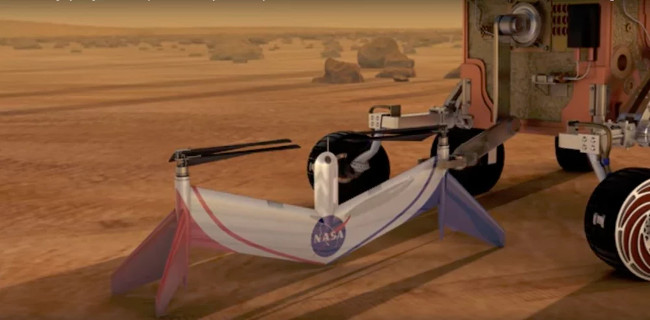
It is known that this unmanned aircraft will be fully charged, and transported by another jet. Even with advanced sensors, this unmanned aircraft can also explore lava tubes on Mars.
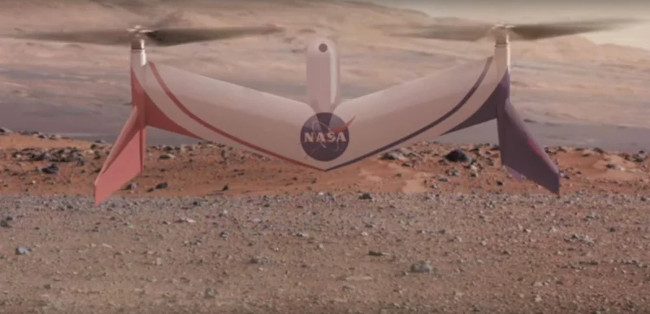
Although still in testing phase, but this unmanned aircraft is expected to have a design like rechargeable Vertical TakeOff and Landing (VTOL) aircraft, it can perform long-range missions without need human intervention. Langley said that they will operate based on new engine and battery technologies that can allow it to perform multiple survey flights over large areas of the Red Planet. Its main task is to examine and collect data to map Mars geology through the support of remote sensors.
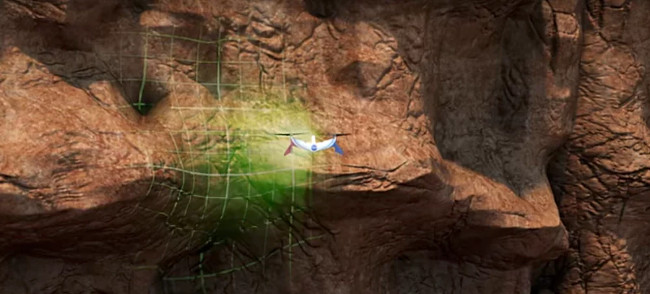
Besides, this unmanned aircraft after successful construction will be sent to the NASA Substation and then it is installed inside a jet plane that carries it directly into the Martian atmosphere.
When arriving at Mars, the jet robot's arms will pick up unmanned aerial equipment from the hull, and then the groundless drone can then independently take off as a survey mission.
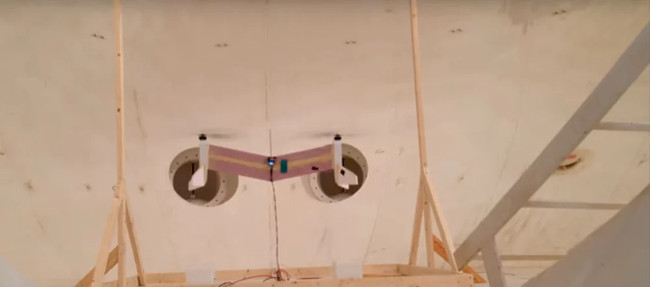
This unmanned aircraft is built and easily controlled remotely, it can be operated easily in the atmosphere of Mars's thin atmosphere and it can easily switch to fly, fly vertical to take off as well as landing . With the ability to self-control precisely with pre-programmed without the participation of direct human control, this plane also easily landed, entered into the The following lava tube, canyon to map Mars geology is easy, safe and will limit many obstacles.
After completing each mission, the aircraft will land near the Cruiser and will be received by the ship's robot system to charge.
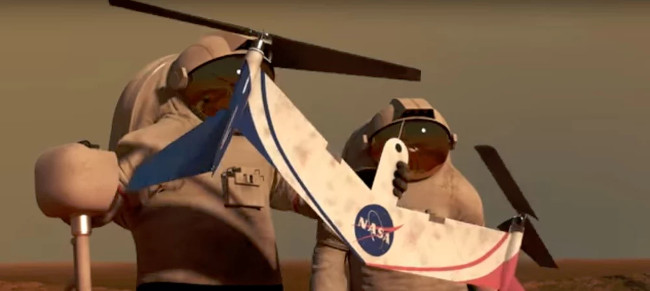
Currently this model of unmanned aircraft is being tested in low-pressure cockpit in Langley. In addition, the exercises on how to fly are, flying upright during takeoff and landing are also underway.
In addition, NASA is also planning these "unmanned aerial vehicles" to perform additional missions to find ideal habitats on Mars.
You should read it
- NASA finds aircraft biofuels reducing pollution emissions by up to 70%
- Why is the process of flight taking off and landing the most dangerous?
- Even Mars-invading robots must 'wash their hands' before working
- Admire the design of the most award winning NASA space design competition: Harmony, full of comfort, and safety
- NASA's top secret inventions have just been revealed
- Looking back at NASA's Mars exploration process over the past 20 years
- NASA installs the names of 10.9 million space fans on the Mars Perseverance rover
- NASA: 'Saturn's Titan moon will be our next stop'
May be interested
- Biting criticism of billionaires, now it is the US Air Force's turn to be told by Elon Musk: 'The era of jet fighters is over'
 according to musk's prediction, the future of the war belongs to drones and even expensive planes like the f-35 are useless before this future.
according to musk's prediction, the future of the war belongs to drones and even expensive planes like the f-35 are useless before this future. - Memorize with the world record set of 1,374 unmanned aircraft
 1,374 unmanned aircraft (drones) flew to the sky in the tourist city of xi'an (china) to establish a new guinness world record for 'the most simultaneous unmanned aerial gear' .
1,374 unmanned aircraft (drones) flew to the sky in the tourist city of xi'an (china) to establish a new guinness world record for 'the most simultaneous unmanned aerial gear' . - Intel teamed up with Ferrari to launch an integrated AI unmanned aircraft to analyze car races
 chipmaker intel has announced a partnership with ferrari north america to deploy a man-made aircraft using artificial intelligence to track car races.
chipmaker intel has announced a partnership with ferrari north america to deploy a man-made aircraft using artificial intelligence to track car races. - NASA 'Mars' helicopter model is almost ready for the journey to conquer Red Planet
 mars helicopter - the unmanned helicopter model intended to be used in research missions as well as exploring nasa's mars surface recently completed another important test round and is expected to be completed soon. to integrate on mars 2020 exploration robot.
mars helicopter - the unmanned helicopter model intended to be used in research missions as well as exploring nasa's mars surface recently completed another important test round and is expected to be completed soon. to integrate on mars 2020 exploration robot. - Elon Musk released 8 photos of the first human journey to Mars in the future
 photos of spacex's journey to launch the newly launched space mars first passenger will help us better visualize future space travel.
photos of spacex's journey to launch the newly launched space mars first passenger will help us better visualize future space travel. - Russia launched the SKAT 350M unmanned reconnaissance aircraft
 russian company kalashnikov concern announced that the skat 350m unmanned reconnaissance aircraft used by the russian military in special military operations will debut at the expotechnoguard exhibition in st. petersburg.
russian company kalashnikov concern announced that the skat 350m unmanned reconnaissance aircraft used by the russian military in special military operations will debut at the expotechnoguard exhibition in st. petersburg. - Transportation businesses use unmanned aircraft to provide medical supplies in the United States
 ups - the world's largest cargo delivery company and the leading provider of specialized shipping and logistics services, announced on tuesday, march 26 that they will begin conducting testing. drone project called wakemed, aimed at providing and transporting medical supplies in north carolina, usa.
ups - the world's largest cargo delivery company and the leading provider of specialized shipping and logistics services, announced on tuesday, march 26 that they will begin conducting testing. drone project called wakemed, aimed at providing and transporting medical supplies in north carolina, usa. - How does human body change in Mars?
 after settling down in mars, completely isolated, the different and harsh natural environment can become a completely new type of person.
after settling down in mars, completely isolated, the different and harsh natural environment can become a completely new type of person. - 15 best inventions of 2016 (part 2)
 the technological achievements on this list will help change the world, from the present to the future.
the technological achievements on this list will help change the world, from the present to the future. - US military secrets were sold by hackers on Dark Web
 according to hackernews, confidential documents about the mq-9 reaper unmanned aircraft used in the us air force and navy, the royal air force, the italian air force, and some other specialized agencies were believed. the hacker stole and is being sold by a hacker on dark web - the underworld on the internet for only $ 200.
according to hackernews, confidential documents about the mq-9 reaper unmanned aircraft used in the us air force and navy, the royal air force, the italian air force, and some other specialized agencies were believed. the hacker stole and is being sold by a hacker on dark web - the underworld on the internet for only $ 200.





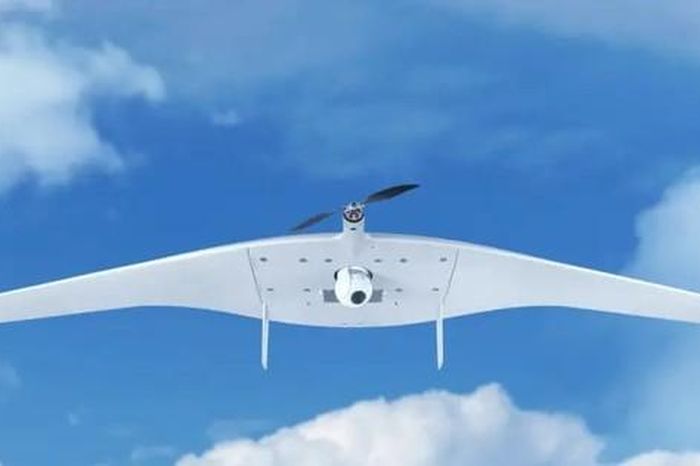




 New discovery of life on planet GJ 1132b, 'Super Earth' is 39 light-years away
New discovery of life on planet GJ 1132b, 'Super Earth' is 39 light-years away Discover incredible facts about our cosmic planet
Discover incredible facts about our cosmic planet Maybe the Solar System 2.0 is not the 'cradle of nurturing life' as NASA hopes
Maybe the Solar System 2.0 is not the 'cradle of nurturing life' as NASA hopes NASA will reveal new discoveries about extraterrestrial ocean worlds tonight
NASA will reveal new discoveries about extraterrestrial ocean worlds tonight What happens if the plane takes off on 8 planets in the solar system?
What happens if the plane takes off on 8 planets in the solar system? NASA announces a place that can survive life right in our solar system
NASA announces a place that can survive life right in our solar system